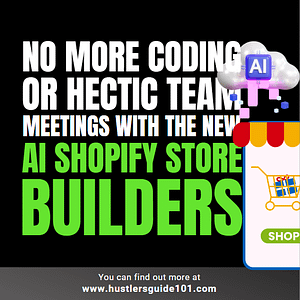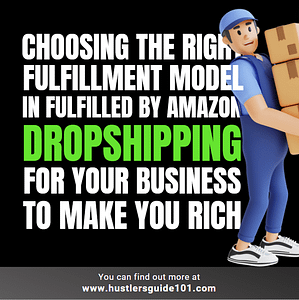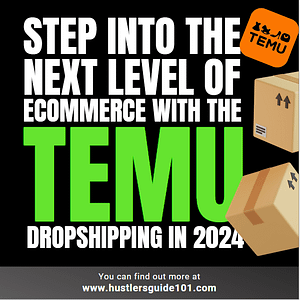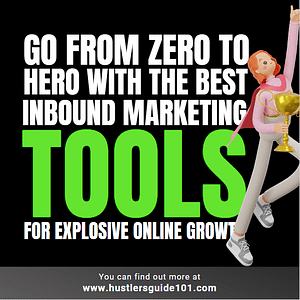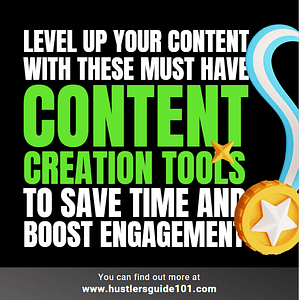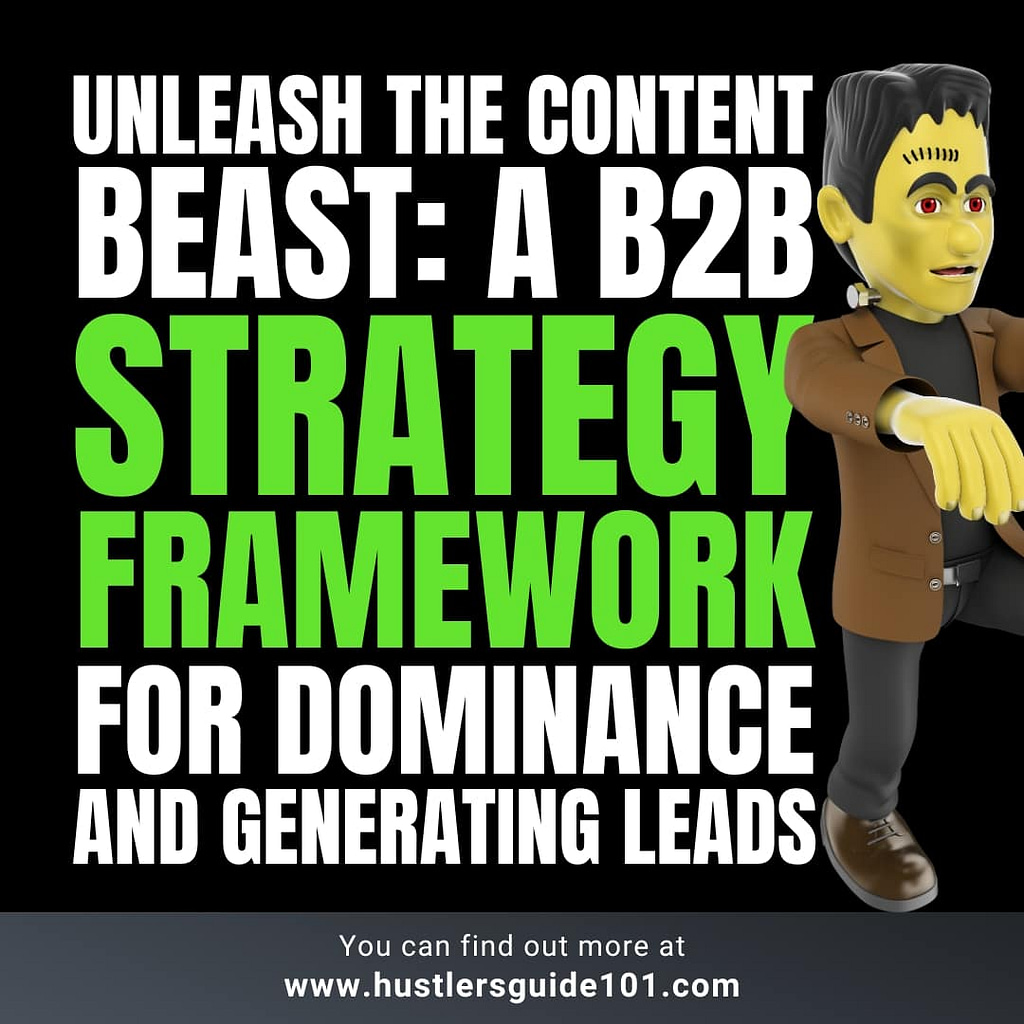
Are you drowning in the endless sea of B2B content, desperately searching for that elusive lifeline to connect with your audience? Well, you’re not alone! In the ever-evolving digital landscape, where every click counts, crafting a winning B2B content framework strategy has become the Holy Grail.
It’s not just about churning out blogs and videos; it’s about creating a roadmap that navigates you through the chaos, straight to your audience’s hearts and minds. But don’t worry, because we’re about to embark on a journey together. A journey that will unravel the secrets of building a robust B2B content framework strategy, step by step.
Let’s dive in!
What is B2B Content Framework?
Imagine this: you’re trying to build a house without any blueprints. What are the odds of it standing tall and strong? Not great, right? Well, the same goes for your B2B content. A B2B Content Framework is like the blueprint for your content strategy. It’s the master plan that keeps your content organized, purposeful, and, most importantly, effective.
In simple terms, it’s your roadmap to content success in the B2B world. It’s all about having a structured approach to creating, distributing, and measuring the impact of your content. Without it, you’re just throwing stuff out there and hoping it sticks. And trust me, in the vast digital wilderness, that’s not a game you want to play.
The Importance of a Content Framework Strategy
Now, you might be wondering, “Why do I need a framework? Can’t I just wing it?” Well, sure, you could. But here’s the thing – in the world of B2B, where the stakes are high and the competition is fierce, “winging it” is like trying to navigate a maze blindfolded. You’re going to stumble, fall, and probably end up lost.
A content framework is your compass in this maze. It ensures that every piece of content you create:
- Serves a purpose
- Aligns with your business goals
- Resonates with your target audience
It helps you answer critical questions like who you’re creating content for, what you want to achieve, and how you’re going to measure success.
In essence, a B2B Content Framework saves you from the chaos of random content creation. It keeps you focused, efficient, and, most importantly, effective. It’s your secret weapon to stand out in the crowded B2B landscape.
![59 Content Frameworks [50M+ Views & $10M+ sales]](https://ml7mr2tqkwmf.i.optimole.com/cb:ybm1.679b9/w:1024/h:535/q:mauto/f:best/https://hustlersguide101.com/wp-content/uploads/2023/09/ebook-for-blog.jpg)
Build a B2B Content Framework Strategy
Alright, folks, time to roll up our sleeves and dive into the heart of the matter. In this section, we’re not just building any old content strategy; we’re crafting a B2B Content Framework Strategy.
This is where the magic happens, where we turn ideas into a roadmap for content success. So, grab your virtual hard hats, because we’re about to construct something truly remarkable.
Understanding Your Target Audience
Picture this: You’re planning a cross-country road trip, but you have no idea who your travel companions are. You don’t know their preferences, interests, or even where they want to go.
Now, imagine trying to create a killer playlist or pick the best scenic routes without that crucial information. It would be a nightmare, right? Well, in the world of content strategy, your target audience is your travel companion, and understanding them is your roadmap.
1. Identifying B2B Buyer Personas
The journey begins with creating detailed buyer personas. These are fictional representations of your ideal customers, based on real data and research. Think of them as your road trip buddies – you want to know them inside out. What are their job titles? Pain points? Goals? Challenges? What keeps them up at night? These insights will guide your content creation and ensure it resonates with the right people.
2. Conducting Market Research
Next stop: Market research station. Here, you’ll gather data about your industry, competitors, and trends. What’s happening in your niche? Who are your competitors, and what are they doing? What are the emerging trends that could impact your audience? Market research is like checking the weather forecast before hitting the road – it helps you prepare for what’s ahead.
3. Mapping the Buyer’s Journey
Now, let’s get GPS-level precise. You need to map out the buyer’s journey – the path your audience takes from awareness to consideration to decision-making. Just like planning rest stops and hotels along your route, understanding this journey helps you create content that guides your audience at every stage. What questions do they ask at each step? What kind of content will help them move forward?
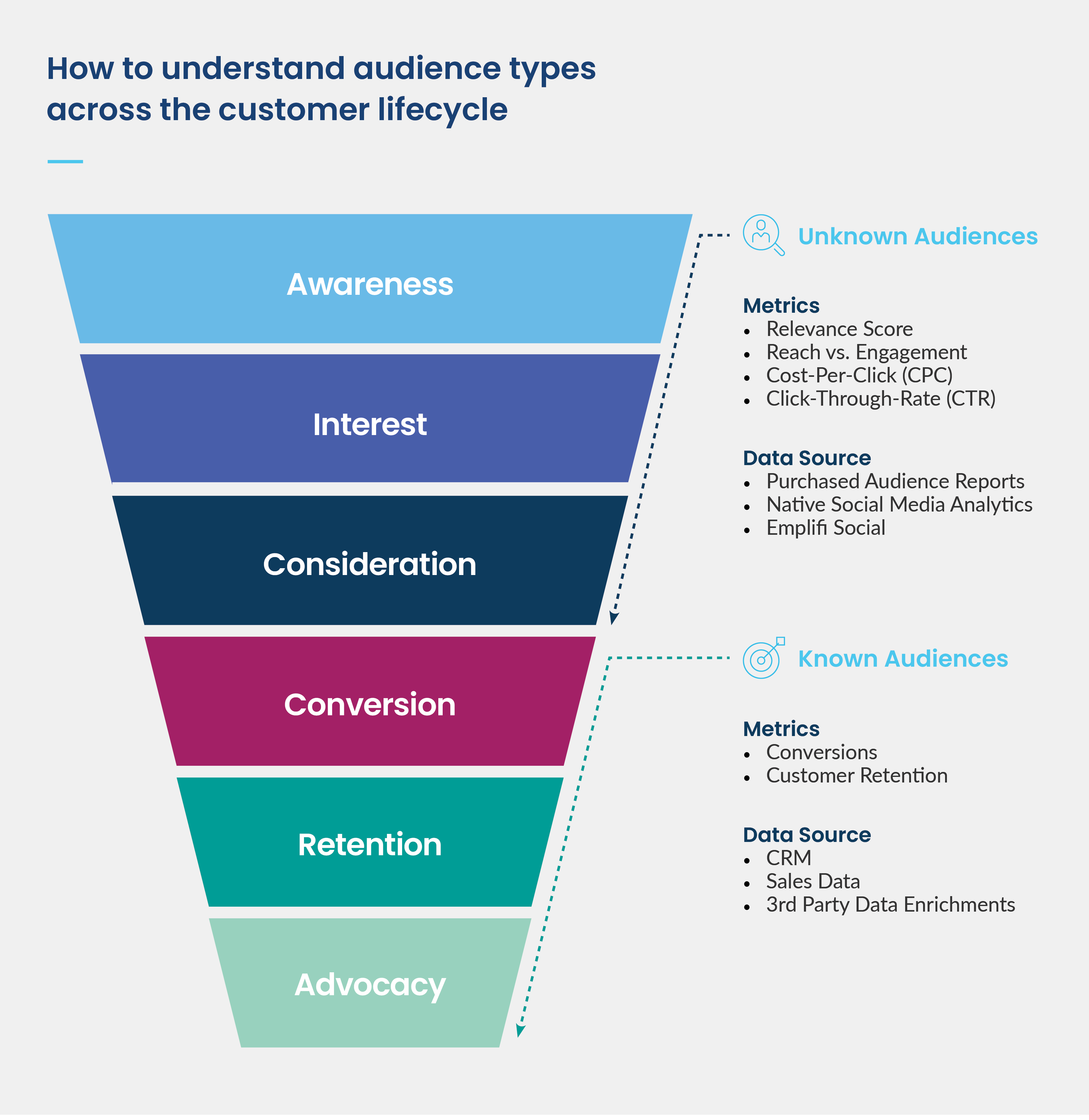
Setting Clear Content Goals
Imagine setting sail without a destination in mind. You’d end up adrift, unsure of where you’re headed. Well, the same principle applies to your B2B content strategy. Without clear goals, you’re just throwing content out there and hoping it sticks.
1. Defining Objectives
First things first – what are your content objectives? Do you want to increase brand awareness, generate leads, or drive conversions? Maybe you’re aiming for thought leadership in your industry. Your goals should be specific, measurable, achievable, relevant, and time-bound (SMART). For instance, you might set a goal to increase monthly leads by 20% within six months.
2. Aligning Content with Business Goals
Your content goals should be in lockstep with your broader business objectives. If your company is looking to expand into new markets, your content should support that mission. If your goal is to launch a new product, your content should build anticipation and support the product’s success. When your content and business objectives dance in harmony, magic happens.
3. Measuring Success Metrics
Remember, what gets measured gets managed. To track your progress, you’ll need the right metrics. These could include website traffic, conversion rates, email click-through rates, or social media engagement. Use tools like Google Analytics, CRM systems, or marketing automation software to gather and analyze data.

Content Creation and Planning
Now that you know your audience and have clear goals in sight, it’s time to get down to the heart of the matter – creating and planning your content. Think of this phase as the canvas on which your content masterpiece will be painted.
1. Creating High-Quality Content
First things first, let’s talk about content quality. In the B2B realm, quality is non-negotiable. Your audience craves valuable insights, not fluff. Consider the types of content that resonate with your audience, such as blog posts, whitepapers, webinars, or videos. Each piece should be well-researched, informative, and solution-oriented. Remember, you’re not just creating content; you’re showcasing your expertise.
2. Content Formats
Variety is the spice of content life. Different formats cater to different tastes. Some folks love a good ol’ blog post, while others prefer diving into a comprehensive whitepaper. Webinars can be fantastic for in-depth discussions, and videos can engage those with short attention spans. Mix and match your content formats to keep things fresh and cater to diverse learning styles.
3. Content Calendar and Scheduling
Ever heard the phrase, “Failing to plan is planning to fail”? That’s the essence of content planning. Create a content calendar that outlines what content you’ll publish when. This helps maintain consistency and ensures you have a steady flow of content. It also allows you to tie your content to important dates, events, or product launches.
4. Establishing a Consistent Brand Voice
Your brand voice is your content’s personality. It’s what sets you apart and makes you relatable. Are you formal and professional, or casual and conversational? Define your brand voice and stick to it. Consistency in tone and style helps build trust with your audience.
5. Collaborative Content Creation
Remember, you don’t have to go it alone. Building a cross-functional content team can bring diverse perspectives and skills to the table. Collaboration tools and platforms like Google Docs, Trello, or project management software can streamline the content creation process.
Content Distribution and Promotion
You’ve created stellar B2B content, but it’s like having a brilliant novel locked in a drawer – it won’t do much good unless it’s in the hands of readers. That’s where content distribution and promotion come into play, turning your masterpiece into a bestseller.
1. Leveraging Multiple Channels
Variety is the spice of content distribution. Social media is a powerful tool for B2B promotion. LinkedIn, Twitter, and Facebook are gold mines for reaching your professional audience. But don’t stop there. Email marketing is your secret weapon for delivering content directly to your audience’s inbox. And don’t forget the mighty SEO to attract organic traffic through search engines.
2. Paid Promotion Strategies
Sometimes, you need a boost. Paid advertising can amplify your content’s reach. Platforms like Google Ads and LinkedIn Ads let you target specific B2B audiences based on demographics, interests, and behavior. It’s like placing your content right in front of your ideal readers.
3. Influencer Marketing in B2B
In the B2B arena, influencers aren’t just on Instagram flaunting the latest fashion. They’re industry experts and thought leaders. Partnering with B2B influencers can give your content a credibility boost. Their endorsement can drive more eyeballs to your content.
4. Content Hubs and Guest Posting
Don’t neglect your website. Create a dedicated section where you centralize and organize all your valuable content. It’s like having your own library. Also, consider guest posting on reputable industry blogs or publications. It’s an excellent way to tap into new audiences and establish authority.
5. Webinars and Events
Webinars and virtual events offer a live engagement opportunity. They’re like hosting a conference where you’re the main speaker. Promote your content through these interactive sessions, answer questions, and nurture relationships with your audience.
6. Employee Advocacy
Your employees are your brand advocates. Encourage them to share your content on their personal social networks. This extends your reach to their connections and adds a human touch to your brand.
Content Lifecycle Management
Creating content is just the beginning of your journey. Imagine planting a garden. You don’t stop at sowing seeds; you tend to them, water them, and watch them bloom. Similarly, your B2B content needs care and attention throughout its lifecycle.
1. Content Refresh and Updates
Like fine wine, some content gets better with age, but not all. Regularly assess your older content. Is it still relevant and accurate? Can you update statistics, refresh examples, or add new insights? Think of it as giving your content a fresh coat of paint to keep it appealing and useful.
2. Archiving and Repurposing Content
Not all content will remain evergreen, and that’s okay. Some pieces may have run their course. Archiving outdated content is like tidying up your garden by removing dead plants. But remember, even old content can find new life. Repurpose it into different formats – turn a blog post into a webinar or a series of social media posts. Waste not, want not.
3. Maintaining Content Quality Over Time
Content isn’t like a disposable product; it’s an asset. As you create more, maintain a high standard of quality. Consistency is key to retaining your audience’s trust. Your garden thrives when you continually care for it, and your content strategy thrives when you uphold quality.
4. Managing Content Workflow
Like any well-organized garden, content requires a structured workflow. Define roles, responsibilities, and processes for content creation, editing, and approval. Tools like content management systems (CMS) and editorial calendars keep your content garden well-tended.
5. The Value of Metadata
Metadata, like plant labels in a botanical garden, provides essential information about your content. Tags, categories, and descriptions help users find what they’re looking for, improving the user experience and SEO.
6. Content Audits
Perform regular content audits to assess what’s working and what’s not. Prune away low-performing content to make room for fresh, high-quality additions. It’s like trimming overgrown branches to make space for new growth.
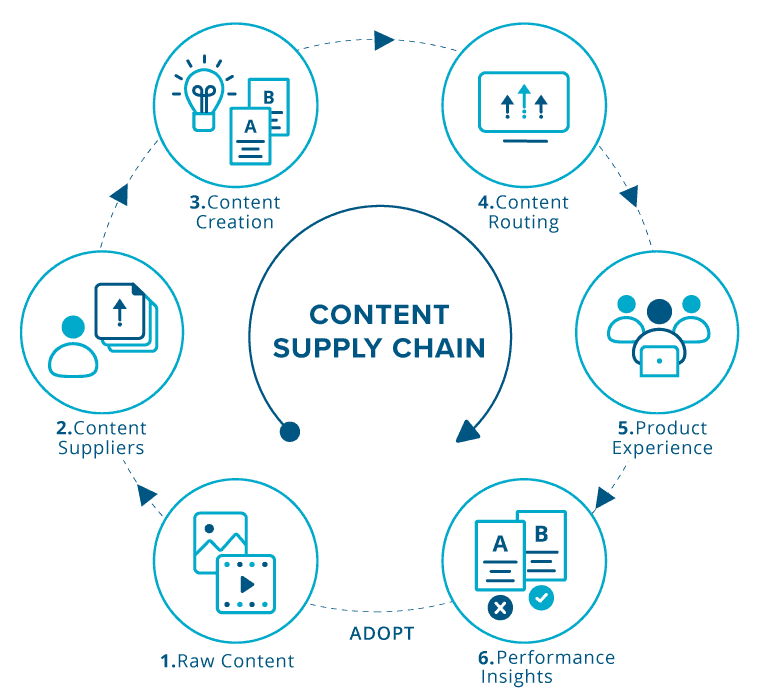
Collaborative Content Creation
Picture this: You’re embarking on an epic quest, and your fellow adventurers possess unique skills and knowledge that can make or break your journey. Collaborative content creation in the B2B world is much like assembling the perfect adventuring party – it brings together diverse talents to create content that shines.
1. Building a Cross-Functional Content Team
In the B2B realm, content creation often demands a multidisciplinary approach. Your team might include writers, subject matter experts, graphic designers, SEO specialists, and data analysts. Each member contributes a specific skill set, ensuring that your content is well-rounded, informative, and engaging.
2. Collaboration Tools and Platforms
Just as adventurers equip themselves with essential gear, your content team needs the right tools. Collaboration platforms like Google Workspace, Microsoft Teams, or project management software such as Asana or Trello streamline communication, task assignment, and content tracking. These tools ensure everyone is on the same page and working towards shared goals.
3. Workflow and Approval Processes
Imagine an expedition with no clear plan or leader – chaos, right? Establish clear workflows and approval processes for content creation. Define who is responsible for each step, from ideation to creation to publication. It ensures that content creation proceeds smoothly and efficiently, with all team members aligned.
Collaborative content creation isn’t just about sharing tasks; it’s about sharing ideas and perspectives. It encourages creativity and innovation, often leading to content that surpasses individual contributions. Much like a well-coordinated adventuring party, a harmonious content team can tackle the most challenging quests in the B2B content landscape.
Content Performance Analysis
Imagine sailing across the vast ocean without a compass or a map. You’d be lost, wouldn’t you? Well, the same holds for your B2B content strategy. Without analyzing performance data, you’re navigating blindly. Content performance analysis is your compass, guiding you to success.
1. Measuring Key Metrics
Start by defining and measuring key performance metrics. These can include engagement metrics like click-through rates, time on page, and social media shares. Conversion metrics such as lead generation, form submissions, and sales are also crucial. By tracking these metrics, you gain insights into what’s working and what needs improvement.
2. A/B Testing and Optimization
Just as sailors adjust their sails to catch the wind, content creators should optimize their content based on data. A/B testing involves creating two versions of a piece of content and testing them with your audience to see which performs better. This iterative process helps you refine your content for maximum impact.
3. Identifying Content Gaps and Opportunities
Your content performance analysis should highlight gaps in your content strategy. Are there topics or formats that your audience craves but you haven’t explored? Identify these opportunities and tailor your future content creation accordingly. It’s like discovering uncharted territories and staking your claim.
4. Competitive Analysis and Benchmarking
Your competitors are sailing the same content seas. Conduct competitive analysis to see what’s working for them and what isn’t. Benchmark your performance against industry standards to understand where you stand. This knowledge informs your content strategy and helps you set realistic goals.
Content performance analysis is like fine-tuning your navigation instruments. It ensures you stay on course, adjust to changing conditions, and reach your content destination. By embracing data-driven insights, you’ll not only survive but thrive in the competitive B2B content landscape.
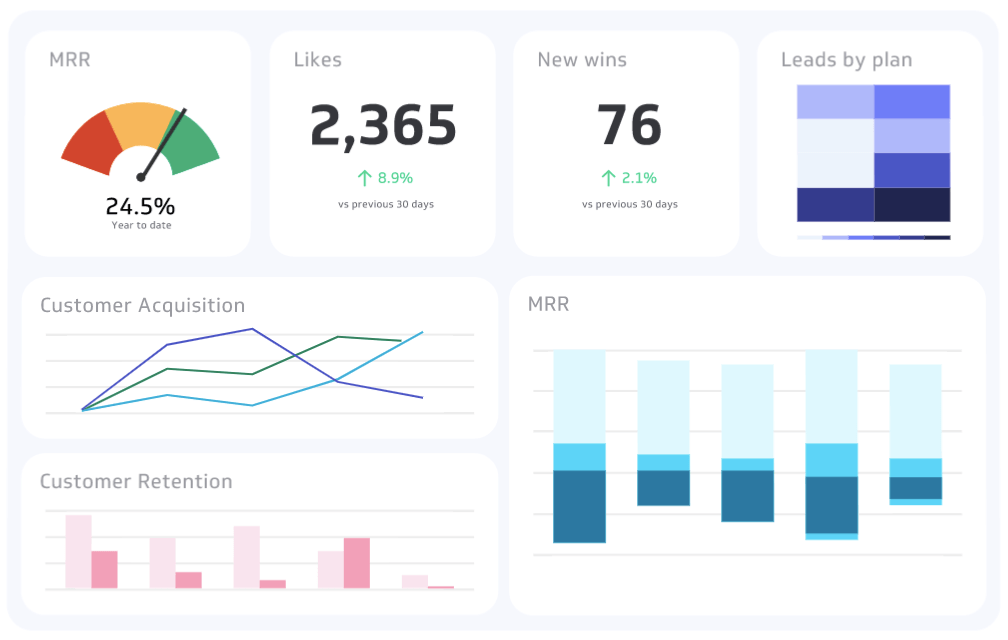
Staying Agile and Adaptable
Adaptability is not a sign of weakness; it’s a hallmark of strength. It’s the ability to bend without breaking, to thrive in the face of change. By staying agile and adaptable in your B2B content framework strategy, you’ll not only survive the digital wilderness but emerge as a trailblazer, leading the way to success.
1. Embracing Change and Trends
In the digital world, change is the only constant. New technologies emerge, algorithms evolve, and audience preferences shift. To thrive in this dynamic environment, you must not only accept change but embrace it. Stay vigilant for emerging trends and be ready to pivot your content strategy accordingly.
2. Content Calendar Flexibility
While a content calendar is essential for an organization, it shouldn’t be carved in stone. Leave room for flexibility. If a trending topic arises that aligns with your audience’s interests, adjust your content schedule to capitalize on it. Agility means seizing opportunities as they arise.
3. Continuous Learning and Skill Development
Much like leveling up your skills in a video game, continuous learning is vital in content creation. Invest in training and development for your team to stay at the forefront of industry trends and best practices. This adaptability will keep your content fresh and relevant.
4. Audience Feedback and Interaction
Your audience isn’t static; they evolve. Regularly engage with your audience, solicit feedback, and listen to their needs. Conduct surveys, analyze comments and social media interactions. This two-way communication provides valuable insights for adapting your content strategy.
5. Performance Analysis as a Compass
Data from content performance analysis (which we discussed earlier) serves as your navigation tool in this agile journey. It guides your content adjustments and ensures you’re moving in the right direction.
Challenges and Pitfalls to Avoid
Ah, challenges and pitfalls – the lurking monsters in the dark alley of B2B content strategy. But fear not, for I’m here to shine a light on these beasts and arm you with the knowledge to slay them.
Common Challenges in B2B Content Strategy
- Content Overload: In this age of information bombardment, cutting through the noise is tougher than ever. Standing out amid the content avalanche is a challenge in itself.
- Understanding Complex Industries: B2B often deals with intricate industries and specialized topics. Simplifying complex ideas without dumbing them down can be a tightrope walk.
- Longer Sales Cycles: Unlike B2C, B2B sales cycles can be lengthy and involve multiple decision-makers. Creating content that nurtures leads throughout this journey can be challenging.
- Measuring ROI: Proving the value of your content efforts in terms of ROI can be elusive. It’s like trying to catch smoke with your bare hands.
- Staying Relevant: Industries evolve, trends change, and keeping your content up-to-date and relevant can be a perpetual battle.
Pitfalls to Dodge Like a Pro
- Ignoring Audience Needs: Failing to understand your audience’s pain points and needs is a cardinal sin. Your content should be their knight in shining armor.
- Overpromising and Underdelivering: Hype can be tempting, but delivering less than promised is a fast track to disappointment and lost trust.
- Lack of Consistency: A sporadic posting schedule or erratic brand voice can confuse your audience. Consistency is the glue that holds your strategy together.
- Keyword Stuffing: Yes, SEO matters, but cramming keywords into your content like a Thanksgiving turkey can make it unreadable. Opt for a more natural approach.
- Ignoring Analytics: Analytics are your best friends. Ignoring them is like driving blindfolded – you won’t know where you’re going or how you got there.

Hot FAQs: B2B Content Framework Strategy
What is B2B content examples?
B2B content examples include whitepapers, case studies, webinars, infographics, and blog posts tailored to address the specific needs and challenges of businesses. These formats aim to educate, inform, and engage B2B audiences while showcasing a company’s expertise and solutions.
What is content funnel for B2B?
A content funnel for B2B represents the stages of a buyer’s journey, from awareness to consideration and decision-making, with content strategically tailored to each stage. At the top, you have content that raises awareness, like blog posts and social media.
In the middle, it’s content that educates and compares solutions, such as ebooks and webinars. Finally, at the bottom, you offer content that helps finalize the decision, like case studies and product demos. This approach guides prospects toward making informed purchasing decisions.
What are the 5 pillars of content strategy?
The five pillars of content strategy are:
- Audience: Understanding your target audience’s needs, preferences, and pain points is fundamental.
- Goals and Objectives: Clearly defined goals align your content strategy with business objectives.
- Brand Voice and Messaging: Developing a consistent brand voice and messaging ensures a unified and recognizable identity.
- Content Creation and Distribution: Creating valuable content and choosing the right channels to distribute it effectively.
- Measurement and Optimization: Continuously monitoring performance metrics and refining your strategy based on data-driven insights to improve results over time.
How do you distribute B2B content?
Distributing B2B content effectively involves a strategic approach tailored to reach business professionals and decision-makers. Start by sharing content on LinkedIn, the premier platform for B2B networking, and consider Twitter and industry-specific forums.
Email marketing is a powerful tool for delivering content directly to your audience’s inbox. Additionally, webinars, which provide in-depth insights, and content syndication through partnerships can expand your reach. In B2B content distribution, choosing channels that align with your target audience and industry is paramount for success.
What is B2B and B2C content strategy?
B2B and B2C content strategies diverge based on their target audiences and aims. In B2B, the focus is on professionals, offering educational and solution-driven content for longer sales cycles, often with technical formats and formal tones. LinkedIn and webinars are prime platforms.
B2C, on the other hand, caters to individual consumers, aiming for emotional engagement and rapid purchases, utilizing diverse, visually appealing content on social media like Instagram and Facebook. Despite these differences, both prioritize audience understanding, valuable content creation, and channel selection to meet their specific goals.
Wrapping up: B2B Content Framework Strategy
Remember those days of content chaos and uncertainty? Well, they’re behind you now. Armed with your newfound knowledge of a solid B2B content framework strategy, you’re ready to conquer the digital realm.
No more aimless content creation, no more wasted efforts. It’s time to watch your audience engage, your conversions soar, and your business thrive. Embrace this strategy, adapt, and keep climbing. Your content kingdom awaits!


